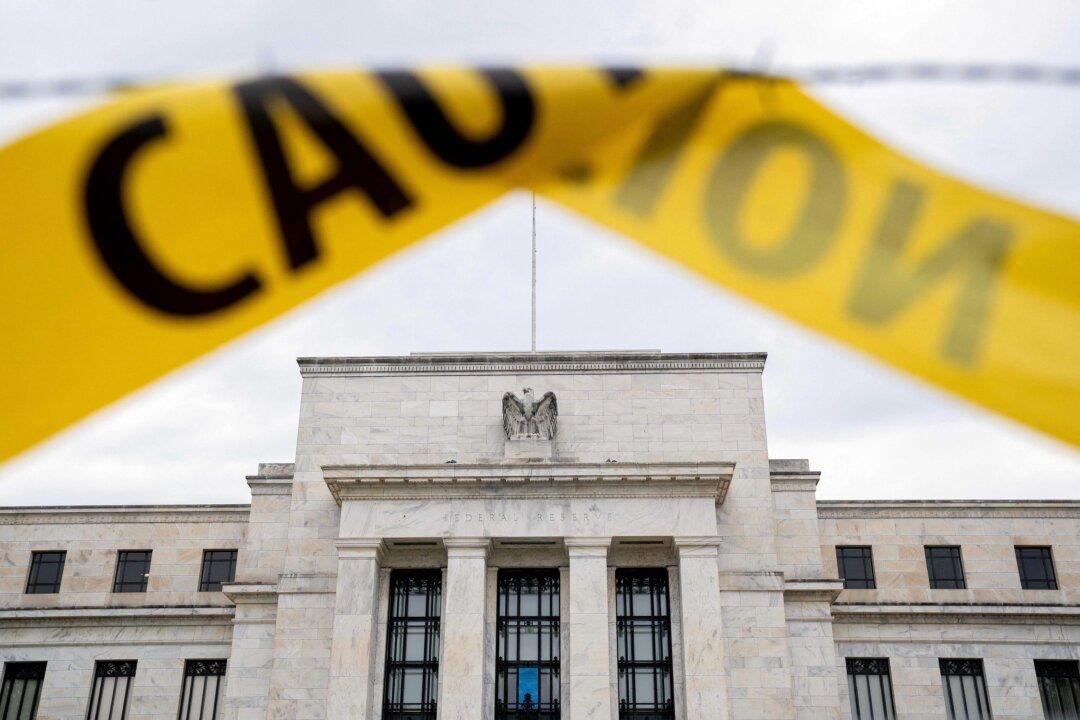The Federal Reserve recorded its fourth consecutive monthly contraction in the money supply as the central bank continued to remove money from the financial system.
In March, the M2—a measurement of money in circulation that includes cash, checking deposits, and a wide range of other deposits—declined 4.05 percent, down from negative 2.3 percent in February. This is the largest year-over-year percentage drop since the Fed launched the series in January 1960. The first time the Fed recorded a contraction was in December 2022, when it fell 0.9 percent.





